In 2013, Louis Lebbos and Muhammed Mekki, the two founding partners of AstroLabs, organized SOS, known in full as, Scaling Online Startups. The training program included more than 130 startups in the MENA region, from the United Arab Emirates to Qatar, Kuwait and also up to Saudi Arabia.
The project gave them a deeper look into the entrepreneurial scene in the Middle East, causing them to realize that that there was a need for social workspace and technology hub in the region. Their vision was to create a platform from which a strong community of entrepreneurs could gather and support one another to develop disruptive businesses.
We spoke with Tiberiu Iacomi, Tech Hub coordinator at AstroLabs, about the development of their space in Dubai. Since their opening in April 2015, the first Google-partnered coworking space in the MENA region with more than 60 startups with founders from 27 countries.
Hi, Tiberiu. What does the current entrepreneurial scene look like in Dubai?
There is an exponential growth in the number of tech startups in Dubai and entrepreneurs are looking more towards the potential of developing their businesses, both in the region and on a global scale. So far, AstroLabs has received more than 400 applications since their official launch, and some of our events, like Startup Weekend Dubai, had 100+ participants who are all emerging entrepreneurs.
How did you come to decide to partner with Google?
Given that entrepreneurs in Dubai and throughout the MENA region now consider digital technologies as the key to scaling up their startups on a global level, the partnership with Google for Entrepreneurs was a natural step. The fact that GFE has developed a network of more than 20 Tech Hubs all over the world (US, Europe, Asia, Africa) as well as a series of training programs such as the Silicon Valley Blackbox Connect or the GFEX (GFE Exchange Program) is giving the startups based at AstroLabs access to a global network.
Last but not least, within its mentorship network, AstroLabs has attracted 12 mentors from the Google MENA office in Dubai, who are experts in a wide range of digital topic from analytics to advertising and up to mobile development.
Google is a major pioneer of the transforming workplace, has that influenced AstroLabs?
Definitely. One is able to see a series of the Google principles on workplace design embedded in how the AstroLabs hub was built and also in the way the community of entrepreneurs is shaping itself as one of the most collaborative groups of tech people in Dubai. From the 80-20 approach of dividing work time, and also mixing in relaxation and focusing energy into the multicultural exchange of ideas, the AstroLabs hub is a space that harnesses and enhances brainstorming and feedback across more than 15 industries and between amazing individuals from 27 different countries.
From the 80-20 approach of dividing work time, and also mixing in relaxation and focusing energy into the multicultural exchange of ideas, the AstroLabs hub is a space that harnesses and enhances brainstorming and feedback across more than 15 industries, between amazing individuals from 27 different countries.
What are some of the traits of AstroLabs that ensure success? Does your space incorporate third spaces, like breakout rooms, a café, or is it more focused on team-based office, etc.?
The inspiration of AstroLabs stems from the astrolabe, the navigation tool invented by the Arab people in ancient times, which extends to the modern idea that entrepreneurship can be a successful journey if proper guidance is provided.
The hub has spaces such as the shared area, which is an open space where entrepreneurs can ask for advice or offer feedback to each other. There is also a coffee boutique called 59 Degrees where they can socialize, meeting rooms where they meet with mentors on a weekly basis, the device lab where they can test their websites and apps on a variety of devices and, last but not least, the conference room where they can take part in the classes organized by the AstroLabs Academy on digital topics (ranging from SEO to Google Analytics and up to online marketing) or in events such as the Google Design Sprint or a Youtube Creators’ Day.
Have open workspaces influenced the real estate industry sector in Dubai? For example, in the United States, open and shared spaces play a role in revitalizing neighborhoods. Do workspaces play a similar role in your region? If not, what type of role do they play?

Tiberiu Iacomi, Tech Hub Coordinator
Incubators, accelerators, and coworking spaces are on the rise in Dubai and, as a result, they are impacting the economic and education sectors. First and foremost their impact on a macro level creates a more entrepreneurial society which can be more relevant in the global economy. At a local level, because startups are creating new jobs and new areas of recruitment and learning – considering only startups are based at AstroLabs, one can see there have been more than 100 jobs created and promoted through our Startup Jobs portal on the AstroLabs website.
Secondly, more universities are creating entrepreneurship courses or full degrees while more students with business degrees are inclined to set up their own startup after they graduate. At AstroLabs, we’re seeing an increase in inquiries, applications and, implicitly, startups that are founded by recent graduates from business schools.
As for the impact on the real-estate sector, I believe it’s too early to estimate.
How is work approached in Dubai, is a more traditional 9-5 approach or is the concept of social workplaces widely accepted? What are some of the specific needs of entrepreneurs in the MENA region?
The coworking and open workspace concept is an up and coming trend in Dubai. It is not only accepted, but also embraced by more and more people coming from various backgrounds, from working professionals to freelancers, as well as budding entrepreneurs and full-time entrepreneurs.
The main differentiation point of AstroLabs is that it is a coworking space that is more than a space for its community of entrepreneurs – it’s a meeting point for brilliant minds. It’s also the starting point in the journey for scaling at a global level.
Is there anything that AstroLabs does for their workers that other office providers can’t?
AstroLabs adds knowledge resources, from feedback sessions amongst the entrepreneurs, to mentorship sessions with experts. We also offer classes, workshops, and events on the most relevant business and digital topics.
What types of members do you have? Are they typically self-employed, or from more corporate entities?
All of our members are full-time entrepreneurs dedicated to building and developing their startups.
Why do you think corporations would be attracted to a place like AstroLabs?
Corporations nowadays need to develop an internal innovation engine to ensure they stay relevant in the market. A place such as AstroLabs is a hub where their people can take part in events and courses that can refresh their perspective on how digital technologies can make them better understand their customers and the way new markets and new niches emerge.
What kinds of services do you offer your members?
Due to the partnership with the DMCC Free Zone (which is the largest free zone in the world), we are able to offer licenses to the startups that are selected at AstroLabs, which is an essential point in their development.
More than that, we are creating the collaboration frameworks for the entrepreneurs to establish partnerships, interact with mentors, learn how to shape their business models and, ultimately, participate in pitching events with organizations such as 500 Startups.
How do you envision the future workspace in the MENA region?
Open, definitely. And more than open, open across cities in the sense that entrepreneurs will start sharing more and more their experiences from AstroLabs Dubai across UAE and MENA and outside the region.
Entrepreneurs from AstroLabs have been traveling and working from hubs such as Galvanize San Francisco, Campus London or Campus Madrid so the future workspace in the MENA region is not only an open physical space but also a global virtual workspace.
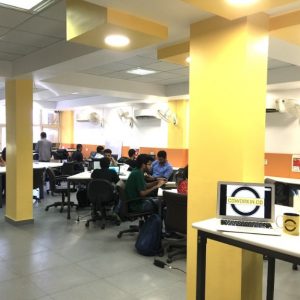

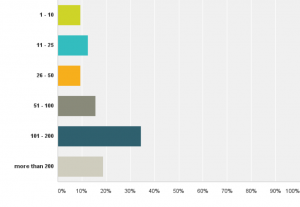
 Contentwise, the community building activity is definitily as critical for the Indian coworking scene as it is elsewhere, show the data collected for the Survey. More than 2/3 of the Indian coworking spaces organize in house events at least once a week.
Contentwise, the community building activity is definitily as critical for the Indian coworking scene as it is elsewhere, show the data collected for the Survey. More than 2/3 of the Indian coworking spaces organize in house events at least once a week.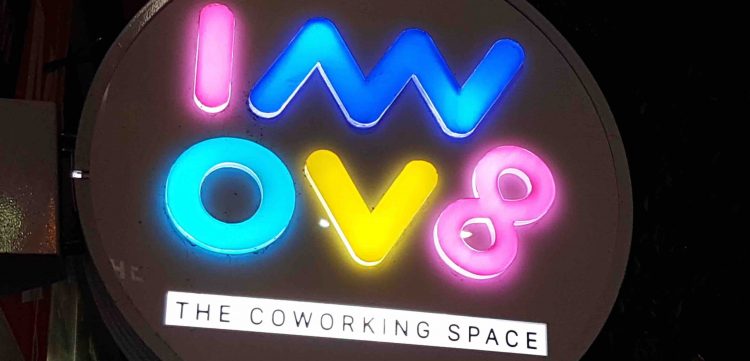

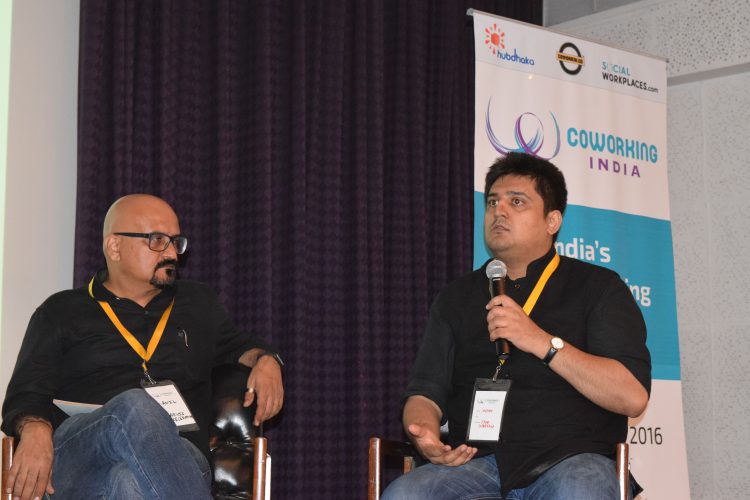



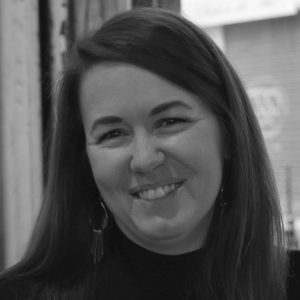
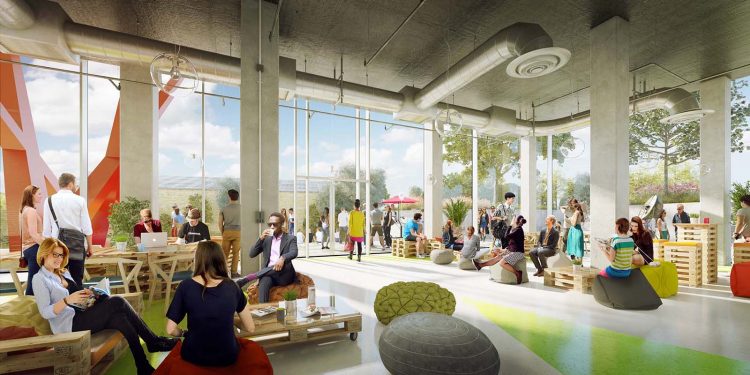




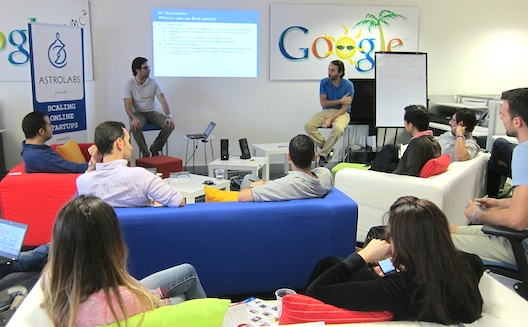






Recent Comments